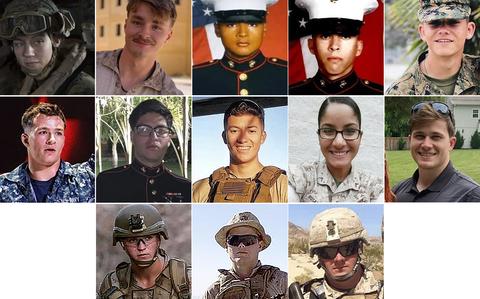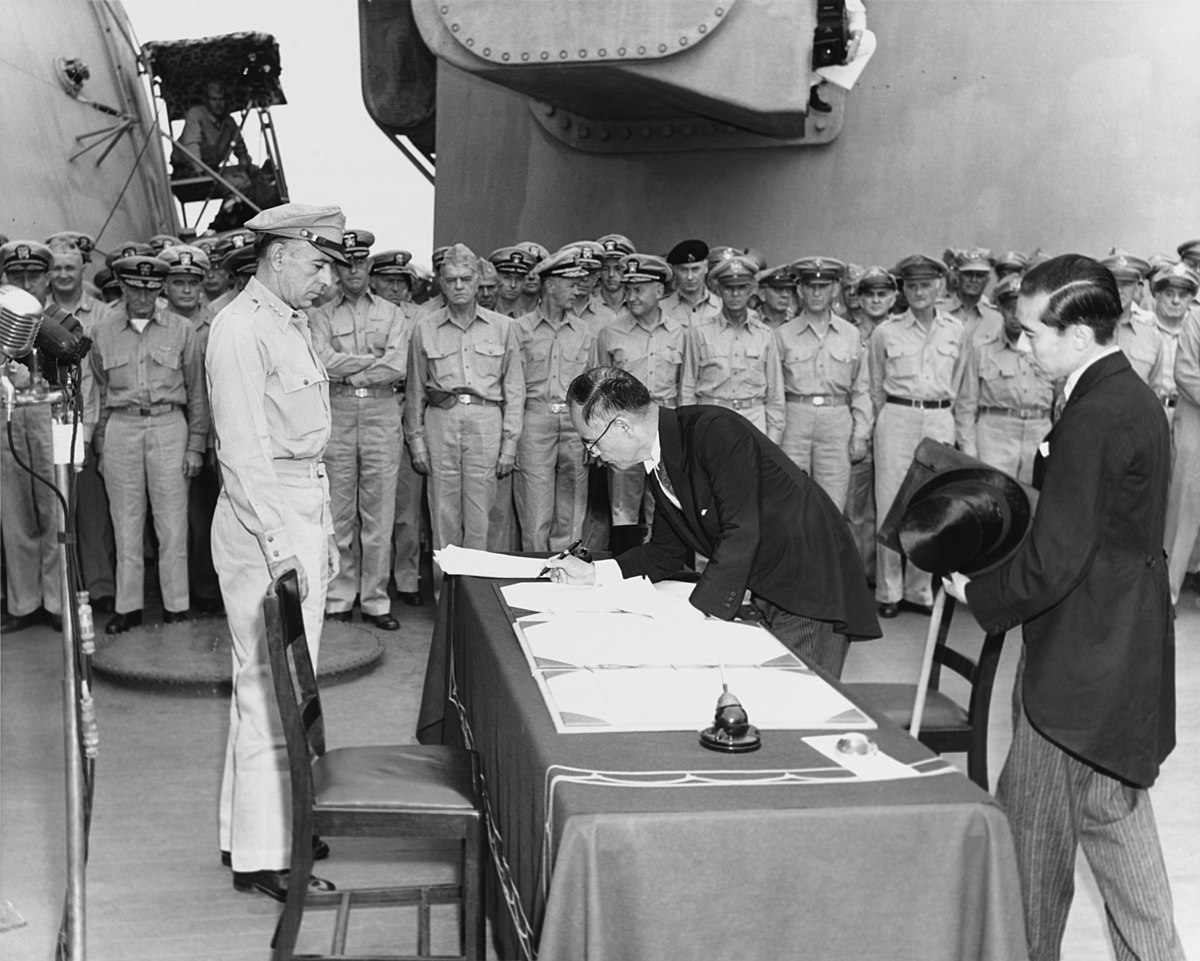DarkWeb
Well-Known Member
We begged my MIL to allow us to come get her & come north to get through this.
I think a bit of dementia has kicked in and she flatly refused to go anywhere.
And she's in the Bullseye!
I've been through hurricanes & helped clean up in the aftermath of them.
I'm worried for her.
Hope all will be well bud. You should be good right?










